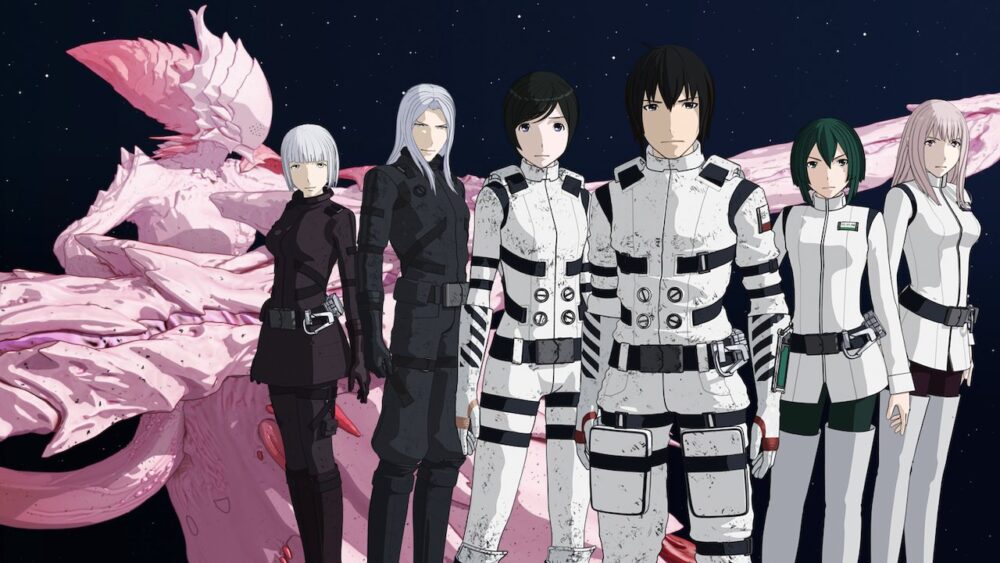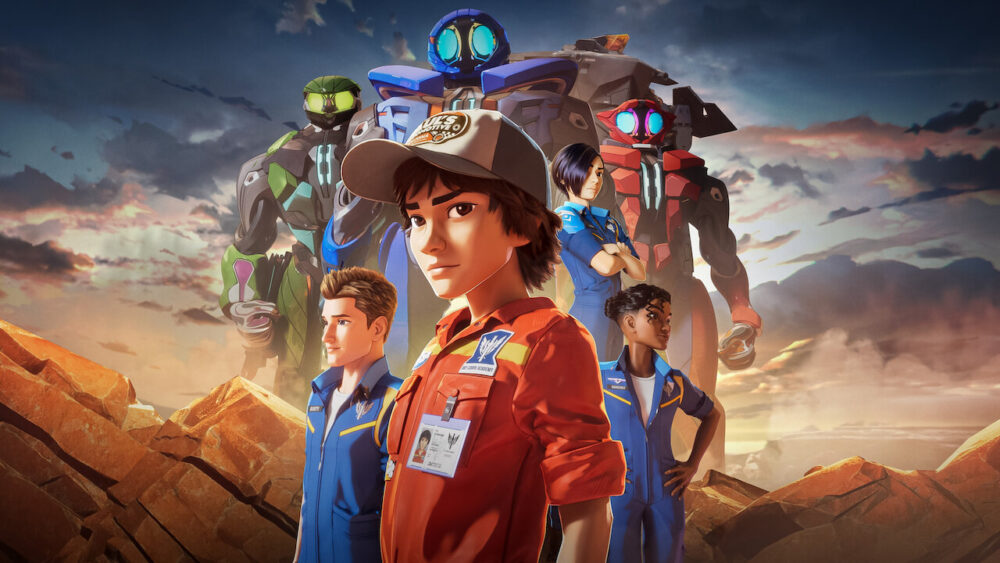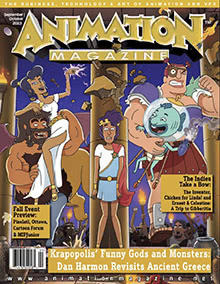|
Getting your Trinity Audio player ready...
|
This year marks the 40th Anniversary of Japan’s powerhouse animation studio Polygon Pictures, best known in the U.S. for producing stellar productions such as Knights of Sidonia, Kaina of the Great Snow Sea, the hot new Netflix series Mech Cadets and providing animation for shows as wide-ranging as My Friends Tigger & Pooh, Transformers Prime and Lost in Oz. We recently had the pleasure of interviewing the studio’s rockstar CEO Shuzo John Shiota, who brought us up to date on his company’s past and future.

Animation Magazine: Can you tell us a bit about the history of Polygon?
Shuzo John Shiota: Toshi Kawahara founded the company in 1983. It was quite rare for an individual without significant funding to start a CG animation company back then, given that SGI’s were quite expensive at the time. In fact, even though Toshi touted the studio as a CG studio, we didn’t have a graphic workstation until about five years after its founding.
In 1988, Polygon started the Big Bang Project, which aimed to develop a fully-rounded application called Mesozoic, capable of modeling, animating and rendering a dinosaur. This was quite audacious, given the CG at the time could only express hard surface objects like cars and cans. The final output apparently impressed James Cameron and ILM, who were seeking solutions to animate shape-shifting Terminator, T-1000.
In 1995, Polygon created Rocky and Hopper, two rockhopper penguin brothers, which starred in a hair mousse commercial for Shiseido. The brothers eventually sold 150 million USD worth of merchandise, raking in royalties for Polygon.
Since the early 2000s, Polygon has sought opportunities in the U.S., as CG animation was not well regarded in Japan back then. After landing production for Disney TV’s My Friends Tigger & Pooh in 2005, Polygon has been a regular in episodic television production, getting multiple Emmys for programs such as Transformers Prime and Lost in Oz.
Since 2014, Polygon has returned to Japanese domestic market by producing anime programs such as Knights of Sidonia, BLAME! and, more recently, Kaina of the Great Snow Sea.

Can you tell us how you became involved with the studio?
It was purely accidental. I quit my job with Nippon Steel, Japan’s largest steel manufacturer in 1996, and a friend of mine who had quit the same company prior, invited me to consult for Polygon. I had no prior knowledge (frankly, nor much interest) about CG or animation, but I was in need of a job, and was impressed with what Toshi and the company were doing at that time — setting up a joint venture between Namco and Sony Computer Entertainment to create an $80 million dollar feature film.
What do you think is the secret to the studio’s success over the years?
We’ve been true to our mission statement, which is “To do what no other has done, in unparalleled quality, for the world to see and enjoy,” and we’ve been very lucky with the people we’ve worked with over the years.

What is your take on the animation scene today?
Frankly, with the slowdown of the North American market since last year, this year has definitely been exciting, but in a bad way. I do think that the tides will turn, and as with all challenges, it will create new opportunities in the long run.
I am also very encouraged by the huge interest in all things Japanese (like manga, anime, games and J-pop) — and since we’ve always been in the middle, connecting the west with Japan, we are in an advantageous position.
How many people are currently employed at Polygon?
About 400 including our sister companies, Polygon Pictures Malaysia and Polygon Studios India.
What is one thing the animation community (our readers) don’t know about Polygon?
We have nearly 20 translators and interpreters in house, as more than 15 percent of our staff is from non-Japanese speaking countries and about 50 percent of our clients are overseas.
What are some of the challenges ahead?
Per above, the slowdown of the North American animation market, coupled with the writers’ strike continues to be a challenge. But as mentioned, all challenges present us with new opportunities.

What is our take on the global animation scene in 2023 and beyond?
The viewing behavior for animation is rapidly changing, perhaps benefiting those of us who have been producing in Japan, as animation is becoming more and more for older skewing audiences, and the look and style is getting much more diverse. I think we are in an advantageous position in this change of tide.
What are some of your proudest moments throughout the years?
I guess being awarded the Emmy: The jubilation felt at the ceremony is one of my proudest.
For more information about Polygon Pictures, visit ppi.co.jp.
















